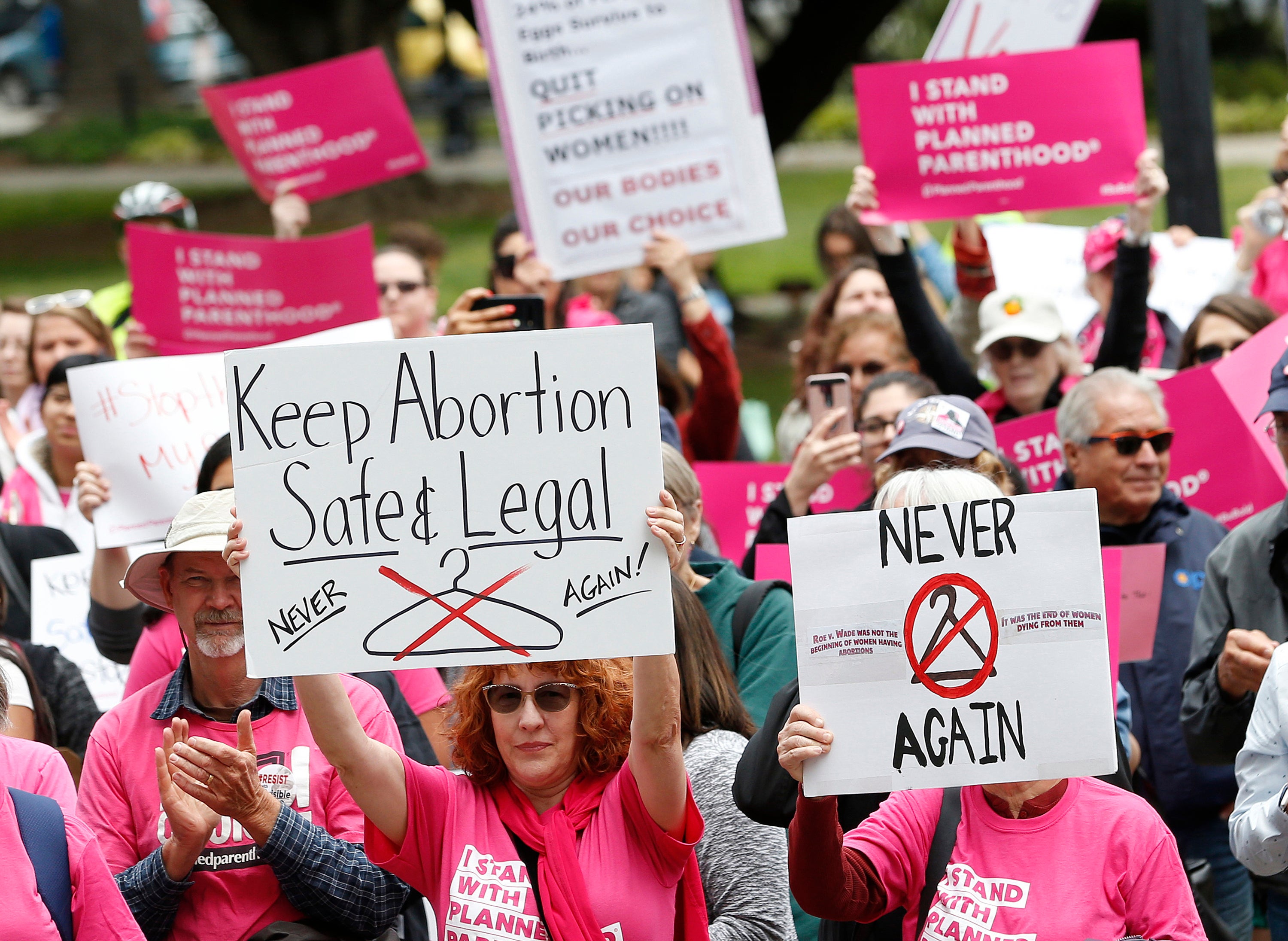I remember the time before Roe v Wade, when my mother’s girlfriend almost died after an illegal abortion
Her girlfriend bled out so badly that my mother wanted to go to the hospital. Of course, they couldn’t, because then they would have been in legal trouble

They drove over the California-Mexico border, two eighteen-year-old girls in a car borrowed from one of the girl’s brothers. One was pregnant, and the other had gotten an address through the underground grapevine of aunts, pharmacists, family doctors or quiet activists. They drove to a small house in Tijuana; the pregnant one went in alone, and a short time later, she came out. Then there were two girls, neither of them pregnant, driving back up north.
My mother always told this story of 1950’s high school solidarity with a tense smile. Her girlfriend had almost died from that illegal abortion, bleeding out so badly in my uncle’s car that my mother wanted to go to the hospital. Of course, they couldn’t, because then they would have been in legal trouble. So my mother took her friend home, where she managed not to die. The fear still sat with my mother twenty years later; the smile was for having dodged the system and for her friend being neither dead nor pregnant.
One of the few times I saw my mother cry was when Roe v Wade became law. “No one will have to do that again. You won’t ever have to do that. You can do whatever you want,” she said.
I wrote a version of this story in fictionalized form, imagining the coast drive from San Diego at night, Pacific Ocean to the right, all the soft breezes and pirate radio joy of youth, the terror of blood-soaked upholstery, the sheer relief of escape. When I wrote that story, over a decade ago, I received many comments from the young female editors at literary journals that it was a good story, but not especially relevant in an era of constitutional abortion rights. Being a skeptic myself, I always thought that what is given can also be taken away.
More to the point, the responses I got from young women indicated that I was too old to understand how far we’d come, that I was stuck in a different era.
My correspondence never contained the word “complacency” but that’s what I was thinking. Around 70 percent of the US population was born after Roe v Wade, but I’m just old enough to remember the deep stigma of pregnancy outside marriage. I remember the hushed tones of people talking about a “girl in trouble”. The movies made about girls who suddenly disappeared off to a home for wayward girls because they’d gotten themselves knocked up, or the stories of “shotgun” marriages and “six-month babies” that weren’t actually premature, that were so common.
Heck, I was a six-month baby myself. I was my young mother’s ticket out of the parental home and into female legitimacy as a wife and parent. I was the bundle of joy that was the best of a paucity of choices. Many women my mother’s age still went to college to get a MRS degree. My mom was ahead of the game, and dropped out in her second year.
When the consequences of real access to reproductive choice began to manifest, and the fear, the stain, the entrapment within one’s own body, subsided for most women. No more pregnancies unless they were safe, desired, viable.
But also, better choices than simply anything that would net a woman a marriage. When my mother had me, single women couldn’t open their own bank accounts or rent an apartment without male permission. Legal abortion and reproductive choice changed all the choices.
Because what my story was about wasn’t really abortion. It was about the choices. All the choices.
And now here we are, a Supreme Court packed for the purpose of overturning the right of access for women. State legislative bodies packed with a majority of men who want to turn back the clock, ensnare women in their own bodies again, draw a line around the choices they can make. It was never just about abortion.
One of the greatest branding tricks ever played in the United States was the renaming of the anti-abortion movement as “pro-life” to counter the “pro-choice” advocates. Calling themselves “anti-choice” would have been too much of a reveal, because that has been the endgame all along.
I am sorry, young editors who thought my story was a fiction from an irretrievable past. I should have made it clearer, from the depths of my cynical decrepitude, that I was talking about a remembered future that I had been able to discard because of a new law that passed when I was a pre-teen, one that meant I wasn’t condemned to the same pale palette of options as my mother and grandmother, nor to a dark drive to a dark house with the possibility of no future at all.
Join our commenting forum
Join thought-provoking conversations, follow other Independent readers and see their replies
Comments
Bookmark popover
Removed from bookmarks